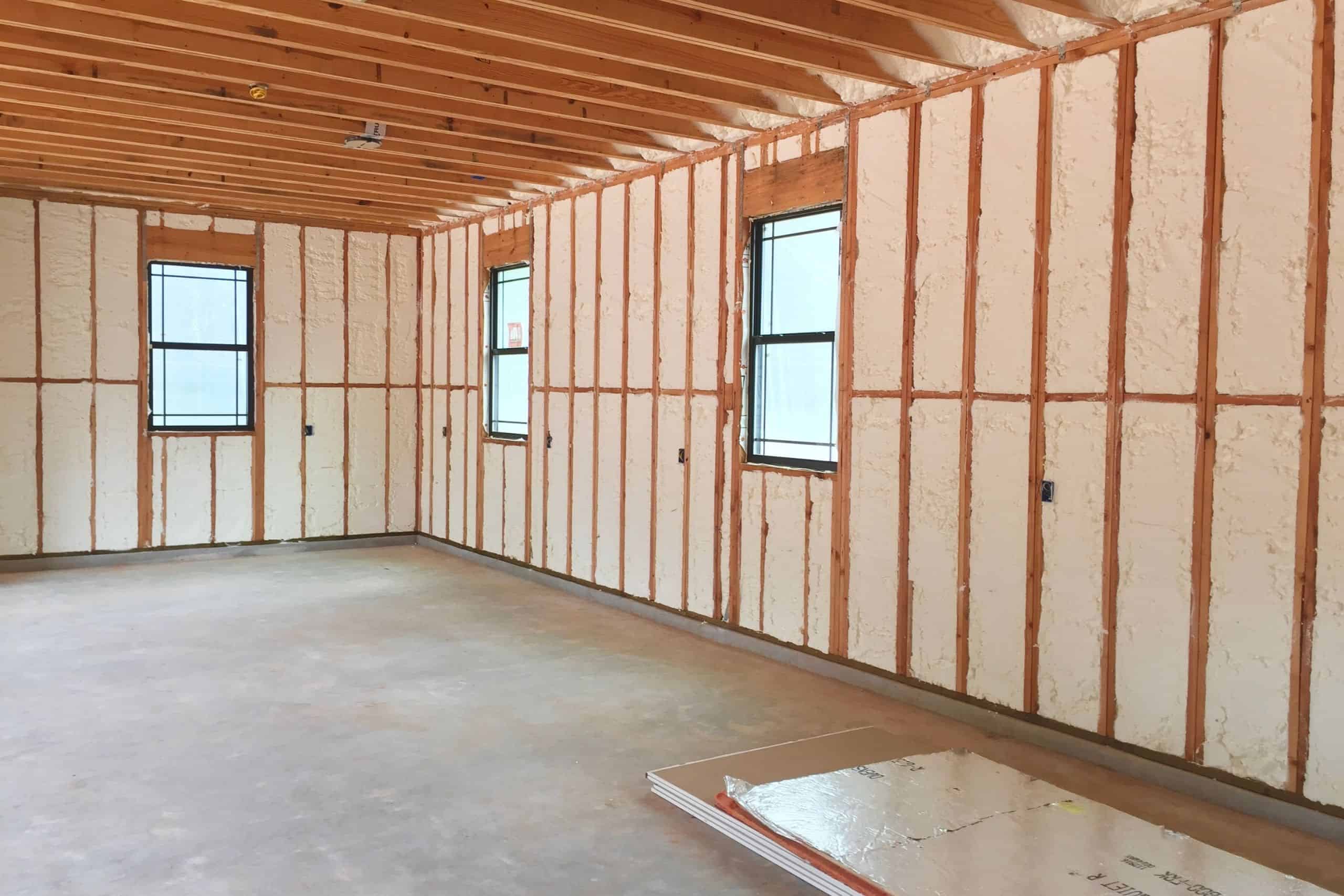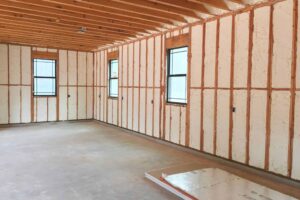What is the most common method of estimating building costs?
Building cost estimation forms part of the construction industry in such a way that these influences budgets, timelines, and even the viability of a project. In any event, companies rely much on construction cost estimating services so that they can ensure and deliver accurate and reliable estimations. These services break down the expenses of a project from raw material to labor in minute details so that financial pitfalls, if any, are realized early. Let’s begin with some of the general methods of cost estimation that are applied to bring construction projects from concept into reality.
Understanding Construction Cost Estimating Services
The service in construction cost estimating involves special evaluation of the projected cost of a project for managers, developers, architects, and contractors. In that regard, the whole building’s requirements are divided into measurable elements from initial design to completion. Mathematically, these people relate their models, history, and experience in the field in providing accurate forecasts of probable costs. This would therefore enable stakeholders to effectively manage their budgets and have anticipated expenses before they opt for any construction.
Preliminary Estimates: A Starting Point in Project Planning
A preliminary estimate is one of the earliest steps in cost estimation, which is usually acquired from historical data and benchmarks. This method is useful during the planning and feasibility stages because it gives a high-level estimate of the potential costs associated with a project. Preliminary estimates are vague, but they tend to be used by the project manager as a ballpark estimate that would give the overall cost and scope, in general, to help them come up with their first decisions over the choice of materials and design along with scheduling. Although not comprehensive, the overall outlook on the expenditures will be priceless.
Square Footage Estimating: Most Common Method in Construction Cost Estimating
The most used estimating technique in construction cost estimating services is square footage estimation. This method uses the cost per square foot, where the cost is determined based on the size of the building. The costs per square foot are obtained from previous projects of a similar nature. For example, if a similar building in a comparable location costs $150 per square foot, estimators can apply this figure to the new project, adjusting for inflation or unique project elements. Although relatively simple, square footage estimates are acceptable for residential and small commercial projects in which high detail is not necessary.
Unit Cost Estimating: Reliability for Large Projects
Unit cost estimating is another method widely used by construction cost estimating services, especially on large, complex projects. In this method, each building component is broken down into units, such as concrete yards, steel beams, or cubic feet of insulation, and a unit cost is applied to each. The process includes information on every portion of the unit, and therefore the process ensures accuracy as the material and labor costs can be visualized precisely. The method is very time-consuming but requires good knowledge about the materials involved, thus making it invaluable for those projects that require accuracy in their execution, such as high-rise or infrastructure projects.
Assembly Cost Estimating:
The method of assembly cost estimating organizes the material into groupings based on function; hence, this method surpasses the individual unit estimation because materials fall into larger functional groupings such as walls, floors, and roofs rather than units. This method becomes an excellent approach to acquiring the expense of intricate structural configurations, for the materials and labor grouping of some sections of a building. Such a cost estimate makes it relatively easy to point out exactly where some savings can take place in the entire cost based on the parts. Therefore, assembly cost estimates find their application mainly in larger commercial projects with intricate details of structural works.
Quantity Takeoff:
Quantity takeoff refers to a process that requires detailed and careful work since it is very common to be used in construction cost estimating services for accuracy in the process. The estimation method requires that each item used in the project, with its precise quantity, price, and labor hour, be listed. It calls for estimators to go through blueprints and specifications and count every brick and light fixture, after which they apply unit costs. Such details ensure a more accurate budget and guide project managers on how best to source the materials. However, it requires more skill and precision and even sometimes specific software to handle the process.
Parametric Estimating:
Parametric estimating uses historical data and mathematical models for estimating costs by known project variables. For example, if a hospital’s cost is the number of patient rooms then the basis for total cost by parametric estimating would be cost per room. Parametric estimating construction cost services can alter this model in line with material costs and regional adjustments. This method is very appropriate for projects where a lot of information can be obtained from previous similar projects; therefore it will be highly accurate in terms of cost with less time and effort than in unit-based methods.
Contingency and Risk Analysis in Cost Estimating
All construction projects are vulnerable to some risks; for instance, unforeseen weather conditions, and changes in the prices of materials. Construction cost estimating companies include a contingency amount in their estimation for such unknown factors. This contingency is usually a percentage of the total cost to provide for additional expenses during the project implementation process. Additionally, risk analysis is conducted to identify specific causes that will impact the cost of the project. When a contingency plan and risk analysis are incorporated into the estimating process, it enables the stakeholders of the project to be prepared in case such interruptions occur so that the project can be managed accordingly.
Conclusion:
The process for cost estimation of construction includes aspects beyond mere industry-related information, requiring attention to details and an actual realization of market trends. Due to this reason, cost-estimating services about construction provide crucial counseling that is beneficial for developers as well as contractors to be launched on projects with pragmatic budgeting and proper preparation. From preliminary estimates that give an overview to detailed quantity takeoffs that itemize each material, the range of methods available ensures that projects of all sizes and complexities can be accurately assessed. In a highly competitive industry, reliance on experienced estimating professionals helps protect budgets and supports efficient project execution, reducing the risks associated with unforeseen expenses. Technology and availability of data will continue evolving; construction cost estimating is bound to be more accurate, offering higher value in the building industry.














Post Comment